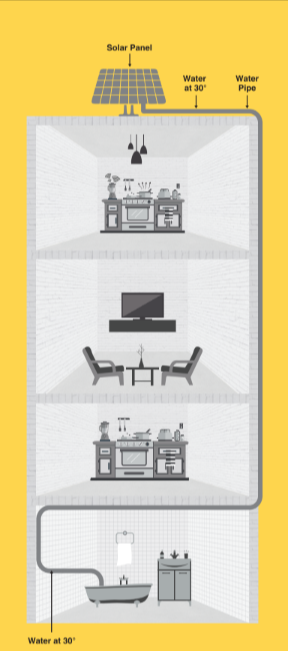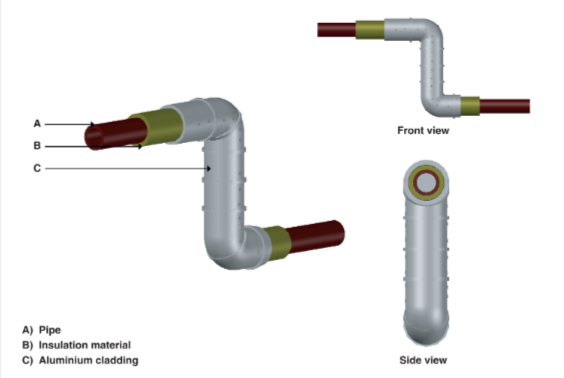Let’s Start Work
Together
Please feel free to contact us. We will get back to you with 1-2 business days. Or just call us now.
Brochure
Download our document to see specific data of the service and how we work.
TYPES AND FUNCTIONS OF PIPES
Different types of pipes are available in the market: PLP, UPVC, CPVC, SS, GI, and others. They are used for both hot and cold water. Pipes are primarily used for carrying hot water or steam from one end to the other in buildings, industries, factories, offices, gyms, hostels, hotels, hospitals, etc. This may be for recreational, residential or industrial purpose. For example, steam and hot water are carried through several floors in a hotel to cater to each and every room. Similarly, steam or hot water is carried through long distances in industries.
ATMOSPHERE AFFECTS TEMPERATURE OVER A DISTANCE
If solar water heater is situated at the top of the building, the top floor might receive hot water but the ground floor may receive a little colder water. Hot water loses its temperature as it flows through the pipe. This is due to the pipe material and atmospheric conditions. Similarly, cold water in the pipes may also lose temperature based on the same factors.
- Pipes carry hot or cold water across various distances
- Water temperature alters as it moves through the pipe
- The end user does not get the expected temperature of water
INPIPE PREVENTS HEAT LOSS OR CONDENSATION
Heat loss from the pipes can be prevented by insulating the pipes. This will help in maintaining temperature throughout the pipeline and will deliver the desired temperature at the end point. Insulation limits the transference of temperature from within the pipe to the outside atmosphere. And in case of cold water or liquid transfer, apart from temperature control it won’t allow condensation on the pipe body. This leads to long life of the pipe and prevents it from corrosion.
Injury Risk if not Insulated
Where pipe work is operating at high or low temperatures, risk of injury is high upon physical contact. The threshold for human pain varies, but several international standards set recommended touch temperature limits. Since the surface temperature of insulation is “less extreme” compared to that of the pipe surface, pipe insulation can be used to bring surface touch temperatures within a safe range that complies with international standards.
Insulation Reduces Noise As Well
Additionally, insulating the pipe also helps in reducing the noise emanating from the medium flowing through it or its vibration. This makes the ambience comparatively noise free.
- InPipe prevents thermal loss (hot medium) and condensation
- It helps keep the pipe temperature within touch safe range
- InPipe reduces noise and keeps the ambient space comparatively silent



